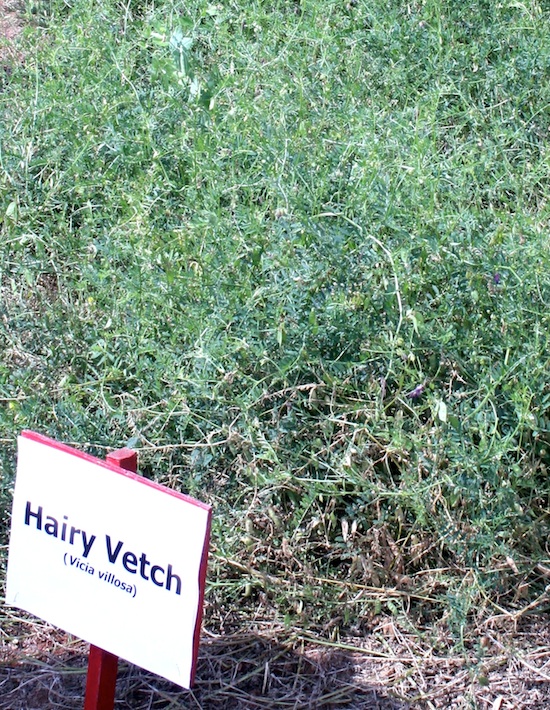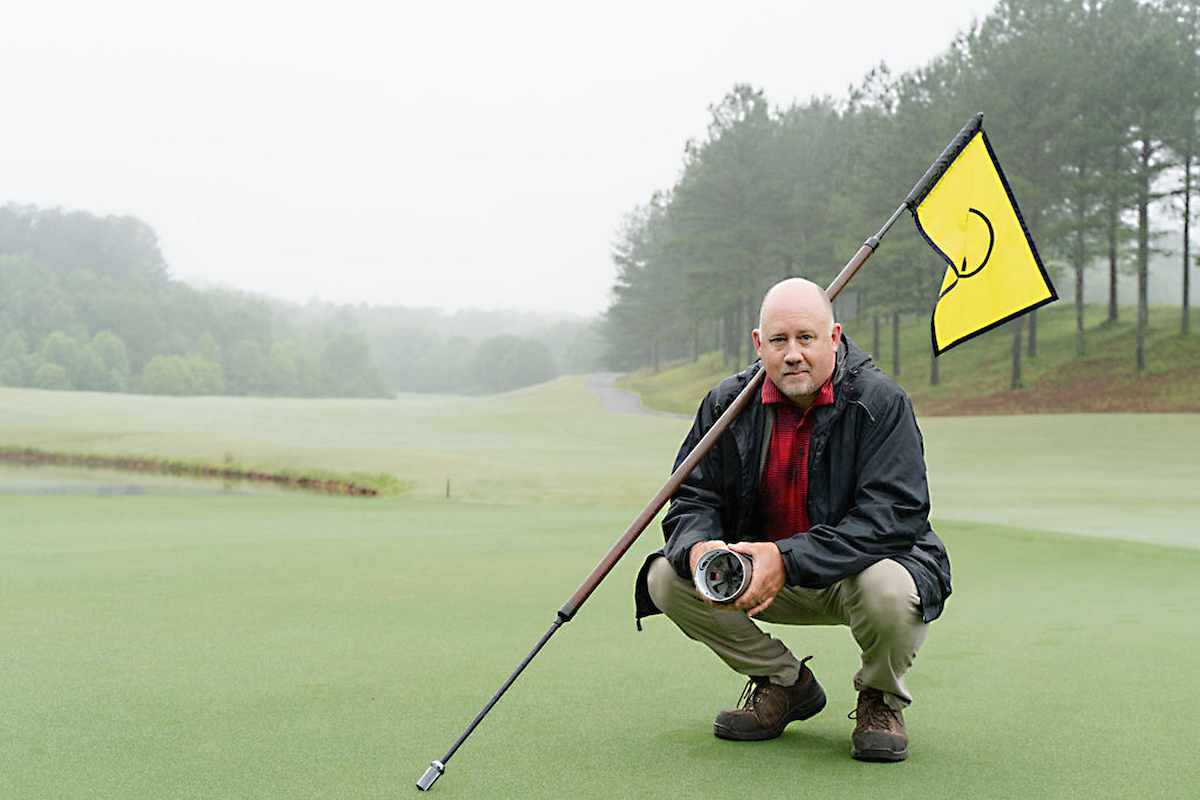Home gardeners who plan to give their garden spot a rest this fall can plant seeds now to help next summer’s garden. A University of Georgia expert says planting a cover crop during this fall will add precious soil organic matter and nutrients that will benefit garden soil later.
“I am stuck on building soil organic matter and increasing the soil’s ability to hold on to nutrients,” said Julia Gaskin, a sustainable agriculture specialist with the UGA College of Agricultural and Environmental Sciences. “Boosting up soil matter is critical for encouraging healthy soil biology, which helps to make nutrients available for plants.”
Adds nitrogen
Cover crops add nitrogen and organic matter to the soil. In the spring before the next crop is planted, the cover crop is either tilled into the soil or allowed to die, adding carbon to the soil.
Gaskin says cover crops should be planted by the end of September in the mountains and Piedmont regions and by Halloween in the Coastal Plain. “Planting time somewhat depends on the cover crop. You can plant later but the stand may be patchy if cold weather sets in early,” she said.
Before selecting a cover crop, Gaskin encourages gardeners to determine the goal of the cover crop. Is nitrogen needed for the next crop? Do weeds or nematodes need to be suppressed? How much time is available to allow the cover crop to grow?
Depending on these goals, Gaskin recommends crimson clover, a fall cover crop she calls the “workhorse legume.”
“It can be very effective at fixing nitrogen and produces a good amount of biomass for a winter legume. Crimson clover, like all legumes, fixes the maximum amount of nitrogen when it begins to flower,” she said.
It’s “gotta” die first
Gaskin said many gardeners think clover releases nitrogen while it grows. “That’s not generally true. You do not get nitrogen released for another plant until the clover dies back or you kill it,” she said.
To check the clover’s nitrogen-releasing effect, “pull out a root and look for the white nodules where the symbiotic bacteria live. Crush the nodules. If they’re pink or red, the bacteria are working and you are getting good nitrogen fixation,” Gaskin said.
In addition to building up the soil, clover can reseed itself and attracts beneficial pollinating insects.
Radishes, mustards, cereal rye
Gaskin suggests tillage radishes or mustards (not wild mustard) — both from the broccoli family — as other fall cover crop options. These crops are also known to suppress parasitic nematodes, the microscopic worms that attack plant roots.
Cereal rye is the cover crop used most often by farmers, Gaskin said. A winter annual grass, cereal rye grows very rapidly and tolerates low pH and low soil fertility. It also suppresses weeds.
“It’s the most hardy of the cereal grains. It will hang on in a rough winter if it has been established long enough and is deeply rooted,” she said.
When buying cereal rye seed, be sure to purchase cereal rye, not rye grass. “Cereal rye is an annual rye. Please do not go out and buy rye grass to use as a cover crop. You will have rye grass forever as a weed,” Gaskin said.
Hairy vetch is also a winter legume used as a cover crop. It tolerates a wide variety of soils but doesn’t make Gaskin’s list of favorites.
“I’m not a big fan of hairy vetch, but my Pennsylvania colleagues love it,” she said. “In Georgia, if you plant it, you are going to have it for life.”
Gaskin does like Austrian winter pea, another cover crop for fall gardens. “It puts on a fair amount of nitrogen and biomass, and covers the ground in a pretty good mat,” she said.
Keeps down weeds
To help suppress weeds, leave cover crop residue between new garden rows. “Remember that one year of seeds can equal seven years of weeds, so do what you can to cut back weeds,” she said.
Gaskin is currently working on a U.S. Department of Agriculture Natural Resources Conservation Service-funded demonstration project focused on the use of cover crops in supplying nitrogen. She and other UGA faculty are working with a new nitrogen prediction tool that may help farmers know how much nitrogen their cover crops supply.
For more information on planting cover crops, see UGA Extension publication EB102 at extension.uga.edu/publications/.




